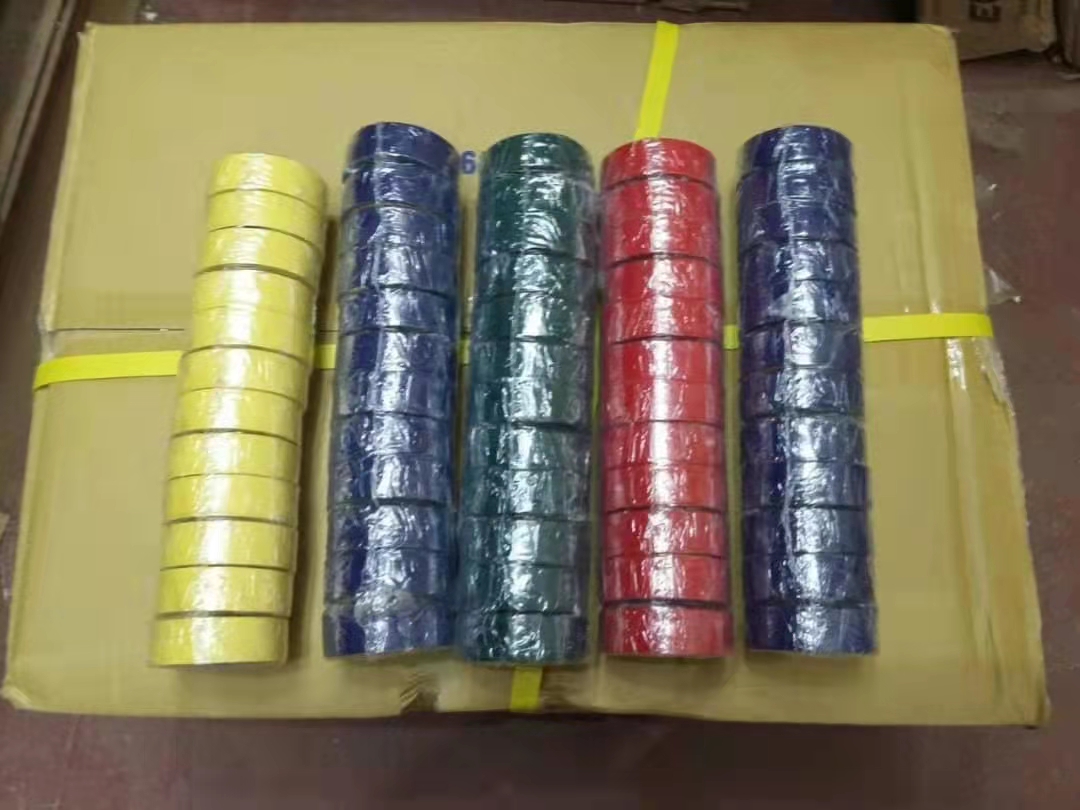The Importance of Black Intumescent Strips in Fire Safety
In the realm of building safety, fire prevention is a top priority. One of the critical components in fire-resistant technology is the black intumescent strip. Designed to provide an effective barrier against smoke and flames, these strips play a significant role in enhancing the fire resistance of various structures, especially doors and frames.
What is an Intumescent Strip?
An intumescent strip is a passive fire protection feature made from materials that expand when exposed to heat. This expansion serves to fill gaps and prevent smoke and fire from spreading from one area to another, effectively buying occupants precious time to evacuate and reducing property damage. The black intumescent strip, in particular, is designed for aesthetic purposes, seamlessly integrating into the design of doors and frames while maintaining its functionality during emergencies.
How Do Black Intumescent Strips Work?
The mechanism behind intumescent strips is relatively straightforward. Under normal conditions, these strips appear as a flat profile, often installed along the edges of doors. However, when the temperature rises to a certain threshold—typically around 200°C (392°F)—the material undergoes a chemical reaction, causing it to expand significantly. This expansion can increase the strip’s volume by several times, effectively sealing off gaps that would otherwise allow smoke and flames to permeate.
The application of a black intumescent strip ensures that even in a high-stakes situation, the aesthetic appeal of a space remains intact
. It is often treated with fire retardants and can be fire-rated for various time durations, depending on the requirements of building regulations.Applications in Building Design
black intumescent strip

Black intumescent strips are commonly found in commercial buildings, residential complexes, and public spaces. Their primary application is in fire doors, which are crucial for compartmentalizing sections of a building to inhibit fire spread. By installing these strips in conjunction with fire-rated doors, property owners can significantly enhance the overall safety and compliance of their structures.
Moreover, the beauty of selecting black intumescent strips is their versatility. They can be customized to blend with various door finishes, offering a clean and professional look while maintaining high safety standards. Architects and interior designers often favor these strips not only for their fire-resistant properties but also for their ability to meet stringent building codes without compromising on style.
Compliance and Regulations
Many regions have specific building regulations that dictate the use of intumescent strips in fire-rated doors. Compliance with these guidelines is essential to ensure safety and liability protection. Building inspectors and fire safety officers often look for properly installed intumescent strips during assessments. Failure to comply can result in penalties and increased risk during a fire event.
The adoption of black intumescent strips has increased significantly over the years, especially as fire safety standards become more stringent worldwide. The integration of intumescent technology in building design underscores the importance of not only meeting regulatory requirements but actively enhancing building safety.
Conclusion
In conclusion, black intumescent strips are a vital component of modern fire safety measures. Their ability to expand and effectively seal gaps helps to contain fire and smoke, providing both time and safety for building occupants. As fire safety standards evolve, the incorporation of these strips will undoubtedly remain a crucial aspect of architectural design and construction. Combining effectiveness with aesthetic appeal, black intumescent strips exemplify how innovation in materials can contribute significantly to enhancing safety standards in various environments. Engaging in thoughtful implementation of these strips aids in creating not only safer buildings but also design-conscious environments that prioritize the well-being of their occupants.
-
XIANGFAN Rubber Tape-Ultimate Solutions for All Your Insulation NeedsNewsJun.24,2025
-
XIANGFAN Rubber Tape-Protection for Industrial and Residential ApplicationsNewsJun.24,2025
-
XIANGFAN Rubber Tape: Superior Safety and Sealing for Demanding EnvironmentsNewsJun.24,2025
-
XIANGFAN Rubber Tape: Reliable Solutions for Every Electrical ChallengeNewsJun.24,2025
-
XIANGFAN Electrical & Industrial Tape: Powering Reliability Across IndustriesNewsJun.24,2025
-
XIANGFAN Electrical & Industrial Tape: Excellence in Every ApplicationNewsJun.24,2025
